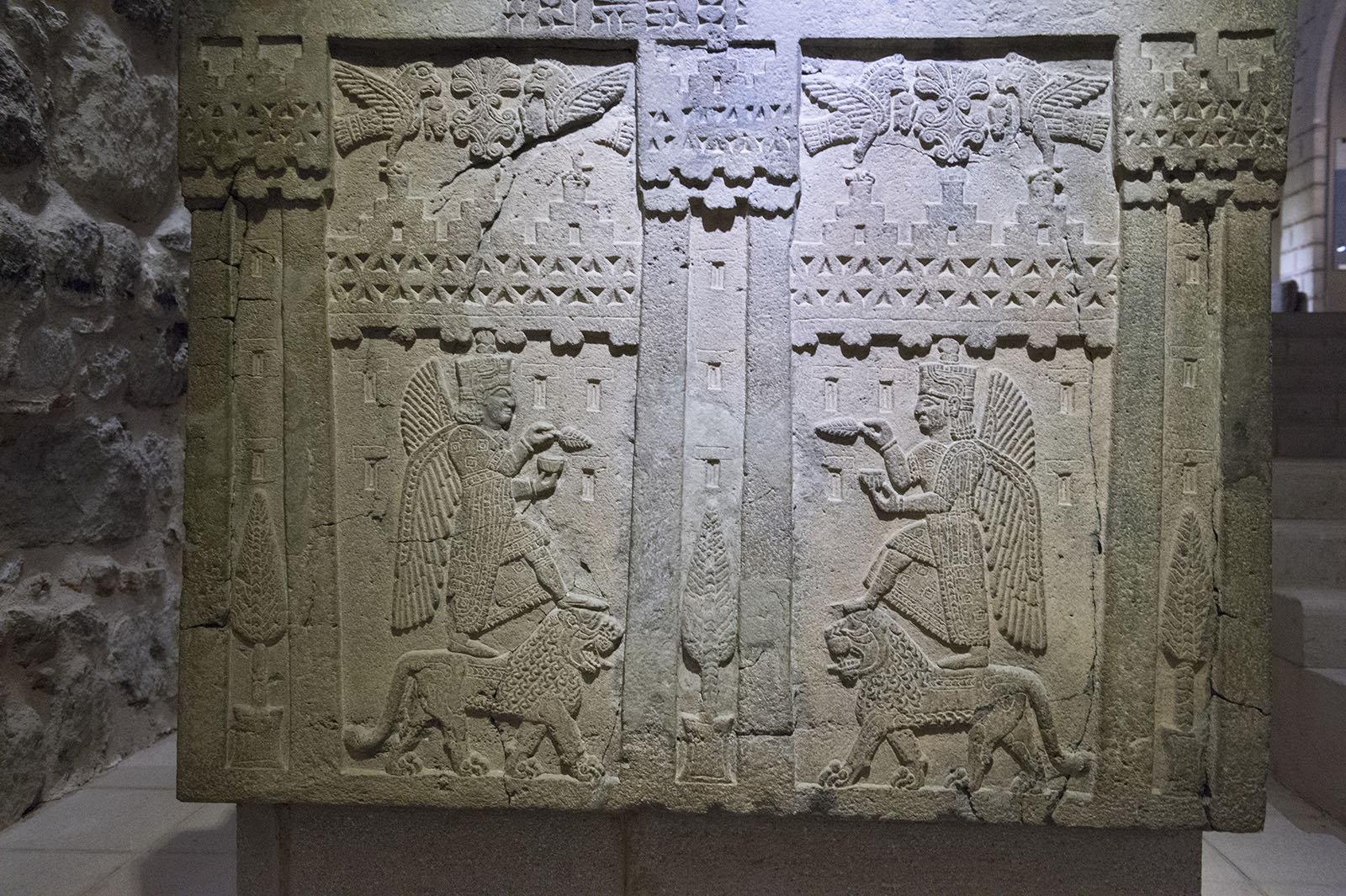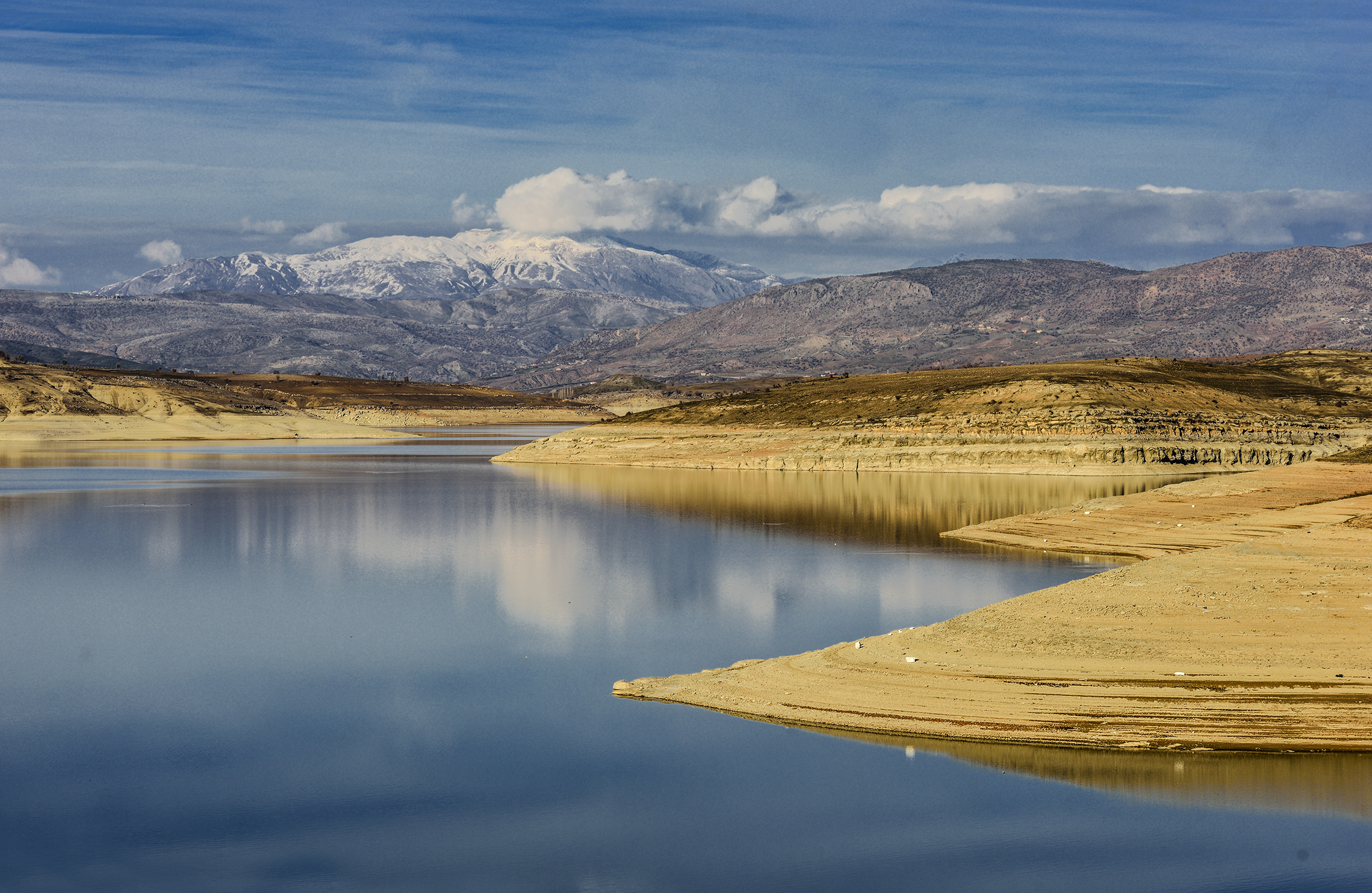|
Buzhakan
Buzhakan ( hy, Բուժական), also Romanized as Bujhakan; formerly, Babakishi), is a village in the Kotayk Province of Armenia. It is situated along the eastern foothills of the Tsaghkunyats mountain range, upon a fertile slope. Early settlers of the village began immigrating to the area in 1829 from Bitlis, Artsap, Alashkert, Mush, Sasun, and Khoy. The community has a school, kindergarten, and a library. In a wooded area to the north of Buzhakan is the well-known 10th-14th century Teghenyats Monastery, and to the east of the village are the ruins of a 6th-7th century church. Gallery Image:Վանական համալիր Թեղենյաց Կոտայքի մարզ գյուղ Բուժական (13).JPG, Teghenyats Monastery, 10th-14th c. See also *Kotayk Province Kotayk ( hy, Կոտայք, ), is a province ('' marz'') of Armenia. It is located at the central part of the country. Its capital is Hrazdan and the largest city is Abovyan. It is named after the Kotayk canton o ... [...More Info...] [...Related Items...] OR: [Wikipedia] [Google] [Baidu] |
Kotayk Province
Kotayk ( hy, Կոտայք, ), is a province ('' marz'') of Armenia. It is located at the central part of the country. Its capital is Hrazdan and the largest city is Abovyan. It is named after the Kotayk canton of the historic Ayrarat province of Ancient Armenia. Kotayk is bordered by Lori Province from the north, Tavush Province from the northeast, Gegharkunik Province from the east, Aragatsotn Province from the west, and Ararat Province and the capital Yerevan from the south. Kotayk is the only province in Armenia that has no borders with foreign countries. The province is home to many ancient landmarks and tourist attractions in Armenia including the 1st-century Temple of Garni, the medieval Bjni Fortress, 11th-century Kecharis Monastery and the 13th-century monastery of Geghard. Kotayk is also home to the popular winter sports resort and the spa-town of Tsaghkadzor and the mountain resort of Aghveran. Etymology and symbol Kotayk Province is named after the historic Kotay ... [...More Info...] [...Related Items...] OR: [Wikipedia] [Google] [Baidu] |
Armenia
Armenia (), , group=pron officially the Republic of Armenia,, is a landlocked country in the Armenian Highlands of Western Asia.The UNbr>classification of world regions places Armenia in Western Asia; the CIA World Factbook , , and ''Oxford Reference Online'' also place Armenia in Asia. It is a part of the Caucasus region; and is bordered by Turkey to the west, Georgia to the north, the Lachin corridor (under a Russian peacekeeping force) and Azerbaijan to the east, and Iran and the Azerbaijani exclave of Nakhchivan to the south. Yerevan is the capital, largest city and the financial center. Armenia is a unitary, multi-party, democratic nation-state with an ancient cultural heritage. The first Armenian state of Urartu was established in 860 BC, and by the 6th century BC it was replaced by the Satrapy of Armenia. The Kingdom of Armenia reached its height under Tigranes the Great in the 1st century BC and in the year 301 became the first state in the world to adopt ... [...More Info...] [...Related Items...] OR: [Wikipedia] [Google] [Baidu] |
Administrative Divisions Of Armenia
Administration may refer to: Management of organizations * Management, the act of directing people towards accomplishing a goal ** Administrative Assistant, traditionally known as a Secretary, or also known as an administrative officer, administrative support specialist, or management assistant is a person whose work consists of supporting management, including executives, using a variety of project management, communication, or organizational skills, while in some cases, in addition, may require specialized knowledge acquired through higher education. ** Administration (government), management in or of government *** Administrative division ** Academic administration, a branch of an academic institution responsible for the maintenance and supervision of the institution ** Arts administration, a field that concerns business operations around an art organization ** Business administration, the performance or management of business operations *** Bachelor of Business Administratio ... [...More Info...] [...Related Items...] OR: [Wikipedia] [Google] [Baidu] |
Romanize
Romanization or romanisation, in linguistics, is the conversion of text from a different writing system to the Roman (Latin) script, or a system for doing so. Methods of romanization include transliteration, for representing written text, and transcription, for representing the spoken word, and combinations of both. Transcription methods can be subdivided into ''phonemic transcription'', which records the phonemes or units of semantic meaning in speech, and more strict ''phonetic transcription'', which records speech sounds with precision. Methods There are many consistent or standardized romanization systems. They can be classified by their characteristics. A particular system’s characteristics may make it better-suited for various, sometimes contradictory applications, including document retrieval, linguistic analysis, easy readability, faithful representation of pronunciation. * Source, or donor language – A system may be tailored to romanize text from a particular lan ... [...More Info...] [...Related Items...] OR: [Wikipedia] [Google] [Baidu] |
Bitlis
Bitlis ( hy, Բաղեշ '; ku, Bidlîs; ota, بتليس) is a city in southeastern Turkey and the capital of Bitlis Province. The city is located at an elevation of 1,545 metres, 15 km from Lake Van, in the steep-sided valley of the Bitlis River, a tributary of the Tigris. The local economy is mainly based on agricultural products which include fruits, grain and tobacco. Industry is fairly limited, and deals mainly with leatherworking, manufacture of tobacco products as well as weaving and dyeing of coarse cloth. Bitlis is connected to other urban centres by road, including Tatvan on Lake Van, 25 km to the northeast, and the cities of Muş (Mush), 100 km northwest, and Diyarbakır, 200 km to the west. The climate of Bitlis can be harsh, with long winters and heavy snowfalls. Summers are hot, and often humid. Since the local elections of March 2019, the Mayor of Bitlis is Nesrullah Tanğlay. History Ancient and medieval The origin of the name Bitlis is not ... [...More Info...] [...Related Items...] OR: [Wikipedia] [Google] [Baidu] |
Eleşkirt
Eleşkirt ( ku, Zêdikan) is a town and district of Ağrı Province in Turkey. Its name is a transference from Alashkert ( hy, Ալաշկերտ, translit=Alaškert), the valley's former administrative centre but now a village known as Toprakkale. It was known as ''Vagharshakert'' in medieval sources. At the time of the Russo-Turkish War of 1877-1878 approximately half of the population consisted of Armenians and the rest of Kurds and Turks. The mayor is Ramazan Yakut (Felicity Party). Notable people *Şakiro Şakir Deniz also known as Şakiro (born in 1936 in Eleşkirt–1996, Izmir, Turkey), was a Kurdish Dengbêj singer. His songs were often recorded on cassettes and distributed illegally, when the Kurdish language faced limitations in cultural expr ... References Populated places in Ağrı Province Ski areas and resorts in Turkey Districts of Ağrı Province Kurdish settlements in Turkey {{Ağrı-geo-stub ... [...More Info...] [...Related Items...] OR: [Wikipedia] [Google] [Baidu] |
Muş
Muş (; hy, Մուշ; ku, Mûş) is a city and the provincial capital of Muş Province in Turkey. Its population is mostly Kurds. Etymology Various explanations of the origin of Muş's name exist. Its name is sometimes associated with the Armenian word ''mshush'' ( hy, մշուշ), meaning fog, explained by the fact that the town and the surrounding plain are frequently covered in fog in the mornings. The 17th-century explorer Evliya Çelebi relates a myth where a giant mouse created by Nemrud (Nimrod) destroys the city and its inhabitants, after which the city was named Muş (''muš'' means "mouse" in Persian).. Others have proposed a connection with the names of different ancient Anatolian peoples, the Mushki or the Mysians, or the toponyms ''Mushki'' and ''Mushuni'' mentioned in Assyrian and Hittite sources, respectively. History Ancient and medieval The date of foundation of Mush is unknown, although a settlement is believed to have been around by the time of Menua, ... [...More Info...] [...Related Items...] OR: [Wikipedia] [Google] [Baidu] |
Sason
Sason ( hy, Սասուն, translit=Sasun, ku, Qabilcewz, ar, قبل جوز; formerly known as Sasun or Sassoun) is a district and town in the Batman Province of Turkey. It was formerly part of the sanjak of Siirt, which was in Diyarbakır vilayet until 1880 and in Bitlis Vilayet in 1892. Later it became part of Muş sanjak in Bitlis vilayet, and remained part of Muş until 1927. It was one of the districts of Siirt province until 1993. The boundaries of the district varied considerably in time. The current borders are not the same as in the 19th century, when the district of Sasun was situated more to the north (mostly territory now included in the central district of Muş). Sasun, as it is called by Armenians, holds a prominent role in Armenian culture and history. It is the setting of ''Daredevils of Sassoun'', Armenia's national epic. In the late 19th and early 20th centuries it was a major location of Armenian '' fedayi'' activities, who staged two uprisings against the ... [...More Info...] [...Related Items...] OR: [Wikipedia] [Google] [Baidu] |
Khoy
Khoy (Persian and az, خوی; ; ; also Romanized as Khoi), is a city and capital of Khoy County, West Azerbaijan Province, Iran. At the 2012 census, its population was 200,985. Khoy is located north of the province's capital and largest city Urmia, and 807 km north-west to Tehran. The region's economy is based on agriculture, particularly the production of fruit, grain, and timber. Khoy is nicknamed as the Sunflower city of Iran. At the 2006 census, the city had a population of 178,708, with an estimated 2012 population of 200,985. Khoy is populated by both Azerbaijanis and Kurds. The main beliefs are Shia Islam and Sunni Islam. Occupied since Median times, it shares a long history as an important Christian center.Andrew Burke, "Iran" pp. 138. Lonely Planet. History Khoy was named in ancient times for the salt mines that made it an important spur of the Silk Route. 3000 years ago, a city existed on the area where Khoy is located nowadays, but its name became Khoy only ... [...More Info...] [...Related Items...] OR: [Wikipedia] [Google] [Baidu] |



